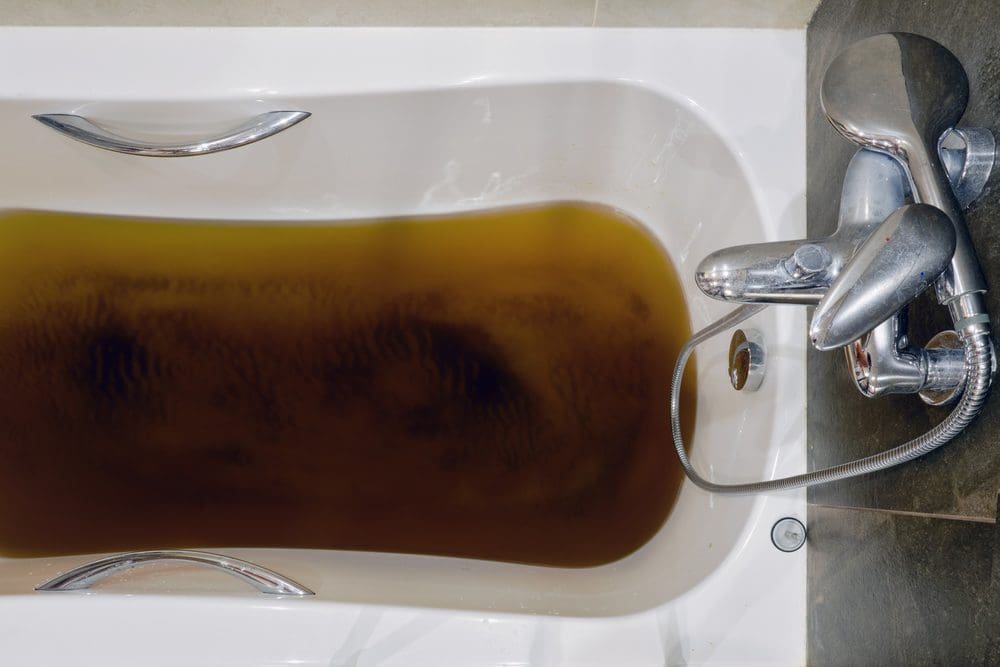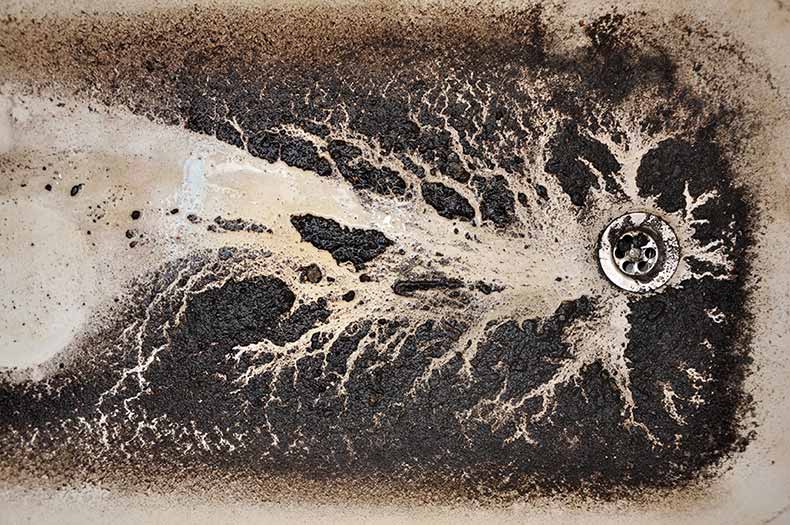Top Reasons for Sewage Coming Up in the Bathtub
Top Reasons for Sewage Coming Up in the Bathtub
Blog Article
Are you searching for suggestions around Why is Sewage Backing Up Into My Bathtub??

Sewage backup in the bathtub can be a stressful and unhygienic issue for any type of homeowner. Not only is it inconvenient, but it additionally poses serious health risks and shows underlying problems with the plumbing system. Understanding why sewer is turning up through the tub is vital for taking proper action to deal with the problem efficiently.
Introduction to the Problem
Usual Reasons for Sewer Back-up
Clogs in the Sewer Line
Among the most usual sources of sewer back-up is a clog in the sewage system line. This can happen due to the accumulation of particles, grease, or foreign items in the pipes, stopping proper circulation and triggering sewer to back up into your tub.
Tree Origin Breach
Tree roots seeking moisture and nutrients can penetrate sewer lines with small cracks or joints. Over time, these roots can expand and broaden, causing considerable damage to the pipes and leading to sewage back-up issues.
Understanding the Issue
When sewage starts backing up into the tub, it's a clear indicator of a problem with the drainage system. The wastewater that ought to be flowing far from your home is instead finding its way back right into your space, which can lead to significant damages and health hazards.
Potential Causes
Numerous factors can add to sewage backup in the bath tub. From clogs in the drain line to concerns with the plumbing framework, determining the root cause is crucial for locating a service.
Aging Framework
Older homes may have obsoleted plumbing systems that are much more at risk to rust, fractures, and wear and tear. As pipes age, they end up being extra vulnerable to leakages and obstructions, raising the chance of sewage back-up cases.
Heavy Rainfall or Flooding
Throughout durations of heavy rainfall or flooding, the sewer system might become overwhelmed with excess water, causing backups and overflows. This can result in sewer supporting right into tubs and other components inside the home.
Indicators of Sewer Backup
Foul Odors
Undesirable odors emanating from drains pipes or fixtures, particularly in the restroom, might indicate sewage back-up concerns. These odors are typically strong and consistent, signaling an issue that needs immediate interest.
Slow Draining Fixtures
Bathtubs, sinks, and commodes that drain slowly or not whatsoever could be experiencing sewage back-up. If multiple fixtures are impacted all at once, it's most likely that the issue originates from a typical point, such as the major sewer line.
Gurgling Noises
Odd gurgling or bubbling sounds originating from drains when water is running elsewhere in your house are a measure of air trapped in the plumbing system. This air buildup can arise from sewage backup and need to be examined without delay.
Wellness Risks Associated with Sewage Backup
Contamination of Supply Of Water
Sewage backup can pollute the water in your home, positioning a major health threat to you and your family. Direct exposure to contaminated water can lead to gastrointestinal problems, skin infections, and other diseases.
Mold Development
Dampness from sewage back-up can produce excellent problems for mold development in your home. Mold and mildew spores can exacerbate respiratory issues and create allergic reactions in delicate individuals, making timely cleanup important.
Spread of Illness
Sewage has harmful germs, viruses, and parasites that can create a series of illness, consisting of liver disease, cholera, and gastroenteritis. Entering into contact with sewer or contaminated surface areas puts you in danger of infection.
Tidying up After Sewer Backup
Disinfection Procedures
Completely disinfect and disinfect affected locations after sewage backup to get rid of dangerous bacteria and avoid mold and mildew development. Use suitable cleansing products and safety equipment to guarantee secure and reliable cleanup.
Restoration of Impacted Locations
Repair any type of damage to flooring, walls, or fixtures triggered by sewage back-up. Depending upon the level of the damages, you might require to change carpets, drywall, or various other products to recover your home to its pre-loss condition.
Immediate Actions to Take
Shutting Off Water Supply
In the event of sewage backup, it's essential to shut off the water system to stop more contamination and damage. Find the main water shutoff valve in your house and closed it off until the issue can be settled.
Getting In Touch With an Expert Plumber
Taking care of sewer backup is not a do it yourself task. Call an accredited plumber with experience in managing sewage-related issues to analyze the situation and do needed repair work or clean-ups.
Avoiding Contact with Polluted Water
Until the sewer backup is settled, avoid contact with polluted water to avoid the spread of germs and microorganisms. Use protective gear if you have to be in the affected area and clean your hands completely afterward.
Preventive Measures
Normal Maintenance of Sewage System Lines
Set up routine assessments and maintenance of your drain lines to determine and address possible issues before they rise into major troubles. This can consist of clearing out particles, examining for tree root invasion, and repairing any kind of broken pipes.
Mounting Backwater Shutoffs
Take into consideration mounting backwater valves in your plumbing system to prevent sewage from receding into your home during periods of heavy rainfall or flooding. These valves instantly close when water draws back up, shielding your residential property from contamination.
Proper Disposal of Household Waste
Prevent flushing anything other than toilet tissue and human waste down the toilet to prevent obstructions and obstructions in the sewer line. Dispose of oil, oil, and various other household chemicals appropriately to reduce the threat of plumbing issues.
Why is there sewage coming up from my bathtub?
These gas fumes, like hydrogen sulfide – the gas that leaves a rotten egg smell in its wake and is highly flammable and toxic – can be hazardous to your health. Sewage poses major health risks as it contains harmful bacteria and microorganisms that can be dangerous if exposed to them.
Sewage cleanup should be considered an emergency.
So, why is there sewage coming up from your bathroom? There are several common causes of a sewage backup.
The most common reason for sewage coming up through your bathroom is a clogged sewer line. All plumbing in your bathroom connects to a single drain pipe that leads to the sewer line under your house. This drain line carries all wastewater and sewage away from your home to the city’s sewer system.
When the sewer line becomes clogged or blocked, wastewater has nowhere to go but back toward your house. This results in sewage coming up through your drains, often starting with your tub or shower.
Another culprit may be the sewage ejector pump, which is used when a bathroom, laundry room or any other type of plumbing fixture is located below the level of the main sewer or septic line flowing from the house. Most commonly, ejector pumps are used in homes with basement bathrooms or laundry rooms.
When you experience sewage coming up through your bathtub, it’s always best to contact a professional. Attempts to fix a clogged sewer line without experience often lead to more plumbing damage.
Make sure that no one enters the affected area, and open as many windows as possible. Pre-treat the flooded area with small splashes of chlorine bleach. Wear protection gear like rubber gloves, a mask, and water-resistant coveralls.
https://www.shawlocal.com/the-herald-news/sponsored/2022/08/17/omega-plumbing-10199038/

We were introduced to that article on What To Do If Sewage Starts Backing Up Into the Shower through a friend on our other site. Sharing is nice. One never knows, you may very well be helping someone out. We cherish reading our article about Why is Sewage Backing Up Into My Bathtub?.
Try Here
Report this page